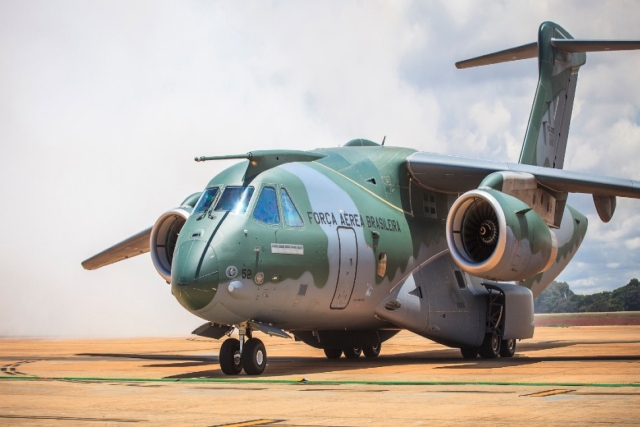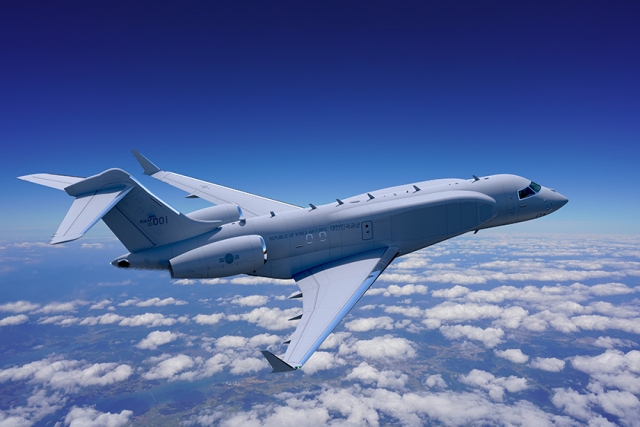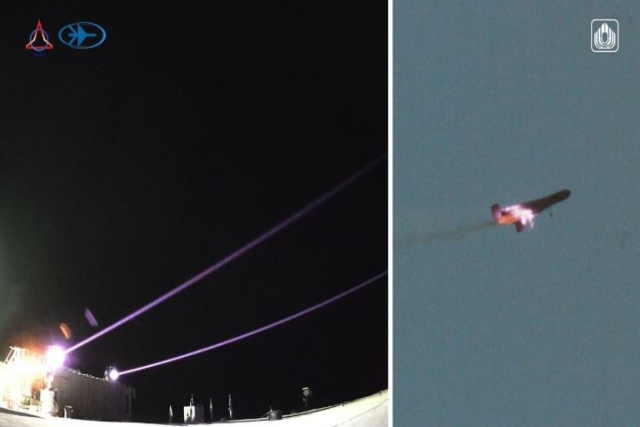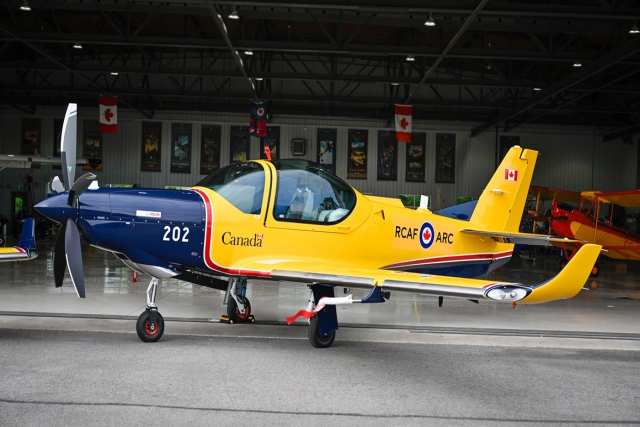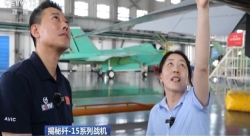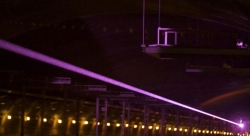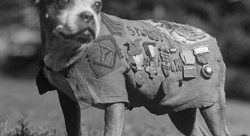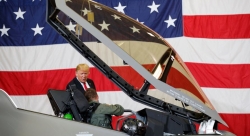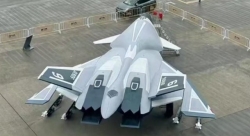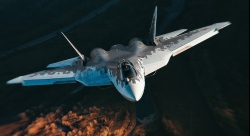Jet crisis shrouds India Aviation show in Hyderabad
After a break of six months, the airport at Begumpet in the heart of Hyderabad has come alive as it is to be the venue of the civilian air shows. India Aviation 2008 exposition, spread over four days, is the first in the series of such shows, to be held once every two years that offers high drama with a wide range of aircraft on the ground. India Aviation, the first exposition, demonstration and conference of its kind, is showcasing the opportunities, potential and strength in India's civil aviation sector. While the largest aircraft in the world, the Airbus A-380, was the cynosure of all eyes at the inaugural show, hosted jointly by the ministry of civil aviation, the Andhra Pradesh government and the Federation of Indian Chambers of Commerce and Industry (FICCI), there were other sleek executive jet planes and helicopters enticing participants to come and see how the rich and the famous travel. Also at hand were representatives of prospective buyers being wooed by the manufacturers as well as sellers of aero engines, automatic flight control systems, passenger handling equipment and security and safety equipment by 150 odd manufacturers. Delegations from 25 countries took part in the exposition in which 37 international and domestic aircraft manufacturers and airlines displayed their planes and helicopters. By a bizarre coincidence, the exposition opened just the day after the genial Jet Airways chief Naresh Goyal and his more flamboyant Kingfisher counterpart Vijay Mallaya announced that they were joining hands to operate both domestic and international services in order to cut costs and brave the liquidity crunch imposed by the fall out of the global financial crisis. But the immediate fall out of their deal—the lay off of cabin crew and other staff, protests against pink slips and the hoopla surrounding it—cast an ominous shadow on the exposition. Now, the main problem is that there are simply too many planes for the number of people who can afford to fly, and there are many more on order. India is one of the most expensive places in the world to buy aviation turbine fuel. Excise duties, throughput fees charged by airport operators and state taxes of up to 30 per cent for domestic flights result in a cost structure that cannot support a competitive industry. The global crisis resulting from high oil prices and declining traffic is hitting India so hard that growth has slowed from 33 per cent in 2007 to 7.5 per cent for the first six months of this year. Predictably, the Union Minister for Civil Aviation Praful Patel dismissed it as turbulence at a time when the aviation industry in the country is looking up. He did not miss the opportunity to assure that steps to bail out airline companies will be taken soon but clarified that there would not be a cash bail - out. Patel exhorted states to reduce the tax on aviation turbine fuel to four per cent like Andhra Pradesh did and should look at the larger picture and see the benefits for the economy. Participants did exactly this except for the top honchos of Indian airline companies for they had to weather the turbulence caused by the rising costs and cash crunch. Aerospace companies from the United States, the partner country of Indian Aviation 2008, eyed opportunities in Indian aviation infrastructure. "Indian commercial aviation industry is dynamic and exciting and its current annual passenger traffic growth of more than 25 per cent will continue and remain among the world's highest. It has a great future with the requirement of 1000 commercial aircraft in the next 20 years," said Dr. Dinesh Keskar, Senior Vice President - Sales, Boeing Commercial Planes. India's aviation sector offers investment opportunity of $200 billion to $300 billion by 2020, and it is confident of overcoming the 'temporary hurdles' to continue the growth. The tremendous investment opportunities are in various aspects of aviation like purchase of new aircraft, replacing the existing fleet, building infrastructure and improving navigation systems. Patel said the business opportunities in other facets of aviation like helicopter tourism, sea tourism and business aviation have to be explored. He said India was also ready to be part of the growth of global aviation and integrate with European Union and the US. Patel said only 3 per cent of India's population flew once a year and if this becomes 10 per cent, the sector would require many more new players and investment of trillions of dollars. He exuded confidence that India's aviation sector would be counted soon among top three or four in the world. For Hyderabad it is going to be even better. The country's first exclusive aerospace special economic zone, aerospace park, and an exclusive aviation university, are to come up in the city. The aerospace park is to be established on a 351 acre site at Adibhatla, near the Rajiv Gandhi International Airport, in the southern suburbs of Hyderabad. It is to be developed by the Samuha Group, an association of about 30 companies in Andhra Pradesh that supply various components to the aerospace industry. "We have got together to combine our collective strengths, said R. Siva Kumar, managing director, Samuha. The Tatas are being allotted 50 acres in the SEZ where it would invest Rs 500 crore in setting up manufacturing facilities for defence and aerospace related equipment. The government is also contemplating naming the SEZ after J.R.D.Tata the father of the Indian aviation industry. Meanwhile, Dale Doreen, executive director, International Centre for Aviation Management Education and Research, John Molson School of Business, Concordia University, Canada, said that it is to set up an aviation university in collaboration with the Andhra Pradesh government. Further, the Andhra Pradesh Industrial Infrastructure Corporation is planning to set up the Lepakshi Aerospace Station and Aviation Academy in Anantapur district. For this a special purpose vehicle will be set with strategic partners from Canada, and the Canadian government has shown keenness to support this initiative. With successive air shows, there are plans to make the Indian Aviation Exposition on par with the ones in Paris and at Farnborough in the UK. And, from 2010, the civilian aviation show will be held in February like the military air show in Bengaluru.

